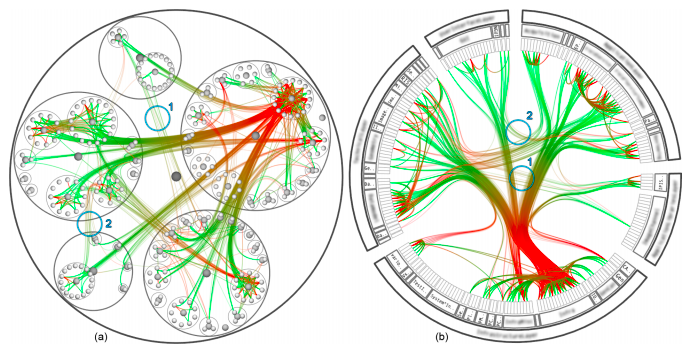A podcast on data and how it affects our lives — with Enrico Bertini and Moritz Stefaner
003 | How do you evaluate visualization?
Hi there, we made it to the third episode (a bit late though, Moritz was travelling to SXSW).
In this episode we first answer to some of the questions we received and then we move on to the main topic: how do you evaluate visualization? We have been discussing some contests in episode #2 and thought evaluation is really a key issue there.
Breakdown of the episode
[00:00] Intro
[01:34] Listener question: Terms and conditions in competitions
[03:46] Listener question: Connect research and practitioners
[07:43] Listener question: How to stay objective about your own work?
[10:23] Listener question: Do we criticize each other?
[11:15] Listener question: How to introduce business people to benefits of visualization beyond Excel?
[13:58] News: Visualizing sprint
[15:54] News: Kartograph
[19:40] SxSW Panel: Intent and Impact: How Visualization Makes a Change
[21:36] Quality criteria and evaluating information visualizations: traditional academic approach
[28:08] Evaluation beyond simple, clear-cut tasks
[33:13] Enrico admits his secret love of David MacCandless
[33:58] Andrew Vande Moere and Helen Purchase: On the role of design in information visualization
[35:00] Truth and Beauty or: “I know it when I see it”
[38:36] Data politics and importance of how the end product came about
[40:36] Tamara Munzner’s nested model for visualization evaluation and design
[44:25] Code of ethics
[45:59] Wrap up and outlook
Links and images
- SxSW
- Visualizing.org sprint
- Kartograph
- SxSW panel: Intent and Impact
- Force-Directed Edge Bundling for Graph Visualization

- Hippocratic Oath (see towards the end of the post)
- A Code of Ethics for Data Visualization Professionals
Research papers mentioned in the episode
- On the role of design in information visualization. Andrew Vande Moere and Helen Purchase.
- An Insight-Based Methodology for Evaluating Bioinformatics Visualizations. Purvi Saraiya, Chris North, and Karen Duca.
- A nested process model for visualization design and validation. Tamara Munzner.
—
Have fun and, as usual, let us know what you think!
